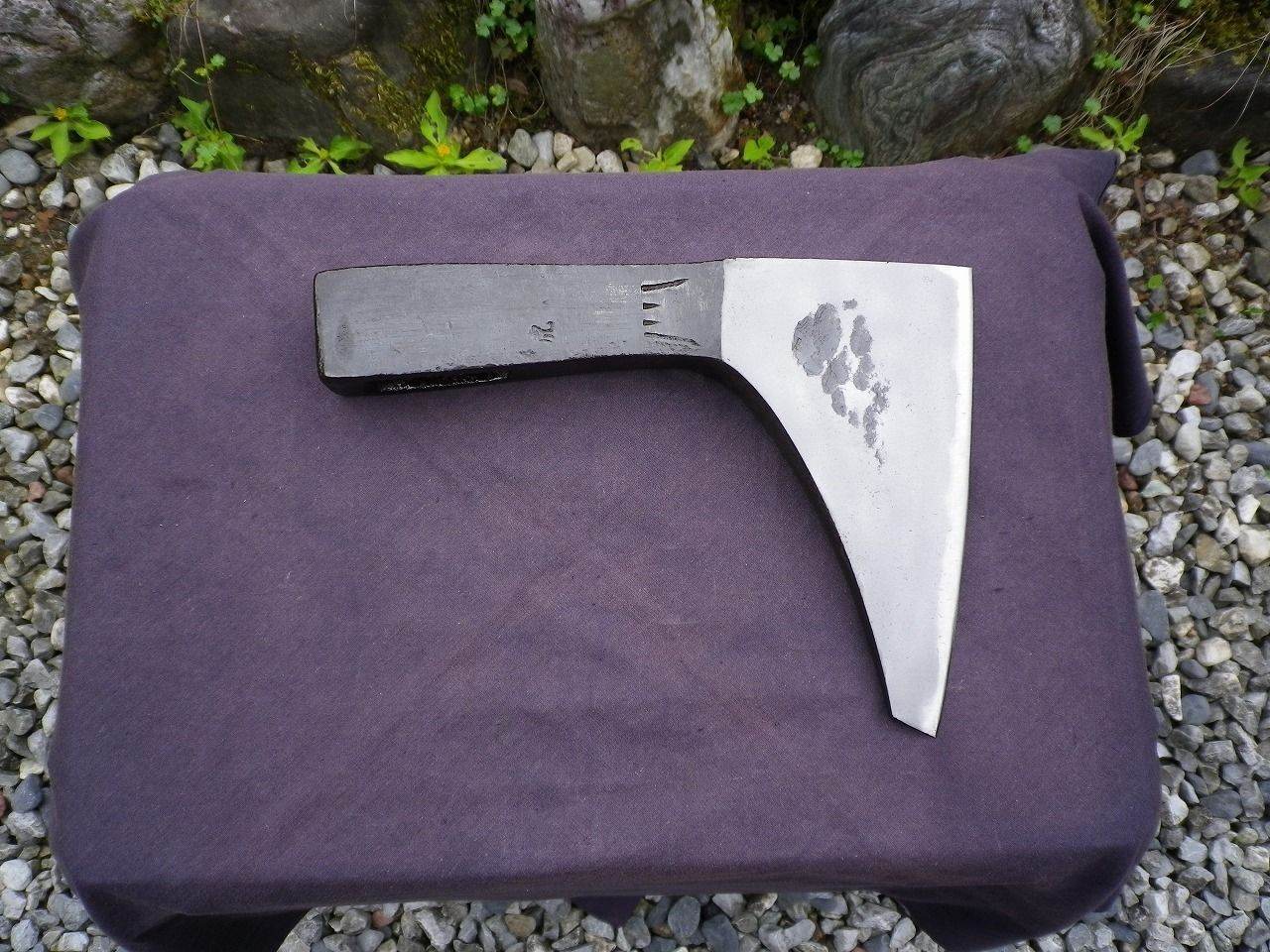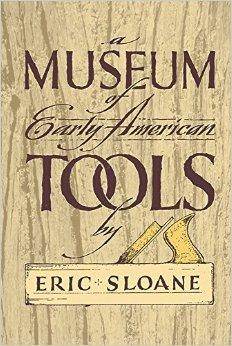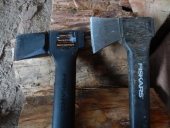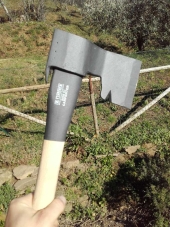Hey Jenny (aka Blacksmith),
Hope the moving is going well...
Your expanded points about "technique" and "tool design" is so true.
I had one teacher who was just acient himself...and his tools...??...Well, he was the complete opposite of my Amish teachers...they all were a mess, covered in rust and oil. Matter of fact, most of Floyd's world was wood, rust and
flax oil. So it was this deep orange brown, that was spotted with lighter orange where it need more oil. Ah...but you get to the edge of every tool and you didn't want to look to long as...just looking would cut you.
He always said the tool doesn't mind the rust as long as it is loved (his were) and the "working part" is doing its job...Boy did they!! He was also one of those "old smiths" that could do things that just didn't make sense...like hewing with a regular ax or double bevel broad ax. He often used tools out of context, or in strange fashion...like his 2" slicks being stuck into big blocks of wood to be used as planes...I miss Floyd...
When I went to do hewing with him I also learn a great deal about do as I tell you, not as you see me do. It finely made sense that it was going to take decades for my body to be strong enough and have the "muscle memory" to do things like hew with a double bevel...
...I was attacking the topic more from the reasons behind the design than which is better. Asian and old Finnish/ Swedish tools are a joy to use for the same reasons they both took great care in selection of their material and their attention to how the tool would be used...
I couldn't agree more...Thanks for stressing that!
Anyone starting out in the game of "wood hewing" should use the best tool they can get there hands on...Learn how to sharpen it really well and how to take care of it...and I further agree 100% a "flat" (left or right accordingly) is going to be much easier to learn on (and safer) that trying to "make something work." I should have stressed that earlier myself...
.as a general rule i have found the Japanese to have a better overall approach to tool design in ergonomics... as a tool maker myself i highly revere their work both European and Japanese smiths...
Jenny, when you get time, I would love it if you would start a post and go through some of the basics of "temporary" a working edge on tools as you understand and know it. It is one of my weaknesses. I can pull it off, but not consistently, and rely more on my "bought tools" from smith in Japan, and here that I have come to love and respect. I would also love a "post" about sharpening that covers "micro bevels" and their application and logic.
Most of my better tools through this life's career have been Japanese. Your explanation about iron is so true... The better Smiths there still prefer 200 year old or older ship anchor iron as their "base working metal" and then laminate a blue or white steel into this. Often for the full or almost full length of the tool. Like in some "chona" (adz) or hewing ax the entire flat portion will be a solid 3mm to 5mm plate of steel laminated to the iron. This makes for a very easy to sharpen tool that hold an insanely keen edge but will shatter like glass if mistreated. One of the reason I recommend different tools to starting students...
tough durable and relatively cheap by comparison during forging most axes from that era would have a iron body and a high carbon steel edge that was seamlessly forge welded into the body of the axe so that when the final shape of the tool was rendered only the last 1/2 inch or 12mm or so of the cutting edge would actually be steel the rest of the tool is made from lower grade iron.
part of the way Japanese tools are made and what fascinates me is that they learned without the advent of modern technology to find and exploit these differences in the metallurgy of iron purely by color, tone touch, and feel of the smith producing some of the most metallurgicaly superior tools of the era.
European smiths using a basically inferior smelting technique had wrought iron and low grade steel to work with ( higher grades of steel where available but worth their weight in gold they to came upon the same solution to put the best materiel forward where it would do the most good but had even less availability of good steel to work with making a good axe out of nothing but steel would guarantee only a lord or king could afford it
One other piece of advice in buying old second hand tools is that it should have the exact shape, size and profile you would expect of the tool when new: rounded corners, foreshortened blades, and chips, are all bad signs bid low...if you have a bare axe blade in your hand and you hold it gently by the back and tap it with another metal object it should ring like a bell this would indicate that what ever it is made of it is sound and free from stress fractures probably a good buy even if it looks rusty and dull ( this test wont work on an ax that has a handle)
Absolutely...excellent point and advice.
Thanks again for adding your voice to this...It's nice to have a Smith on board...
















 1
1













 1
1








 I often find working in bare feet to be easier as I can feel the work under me...
I often find working in bare feet to be easier as I can feel the work under me...

 1
1






















